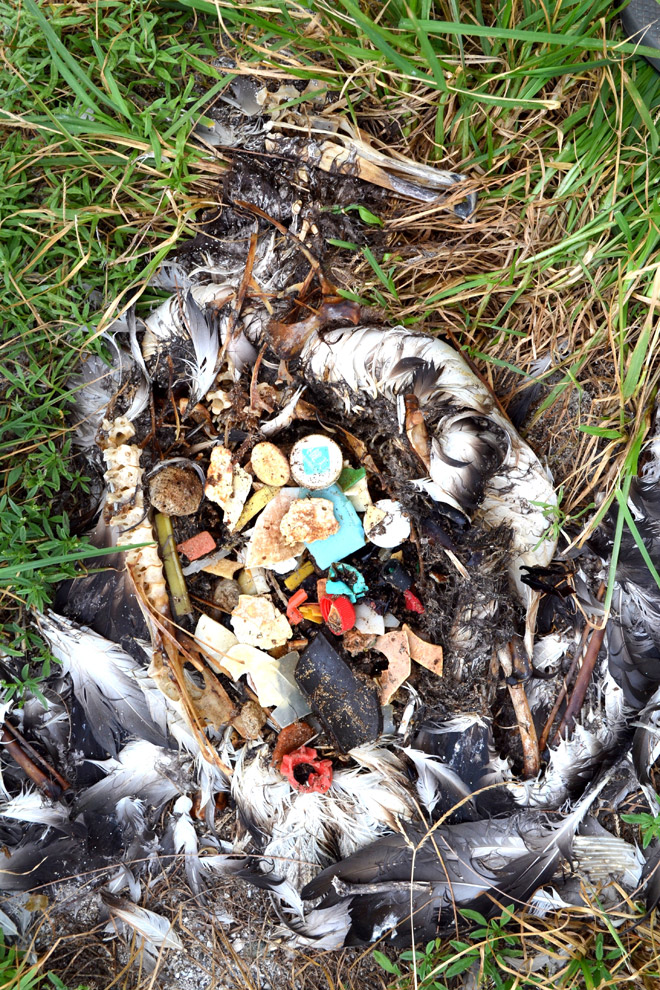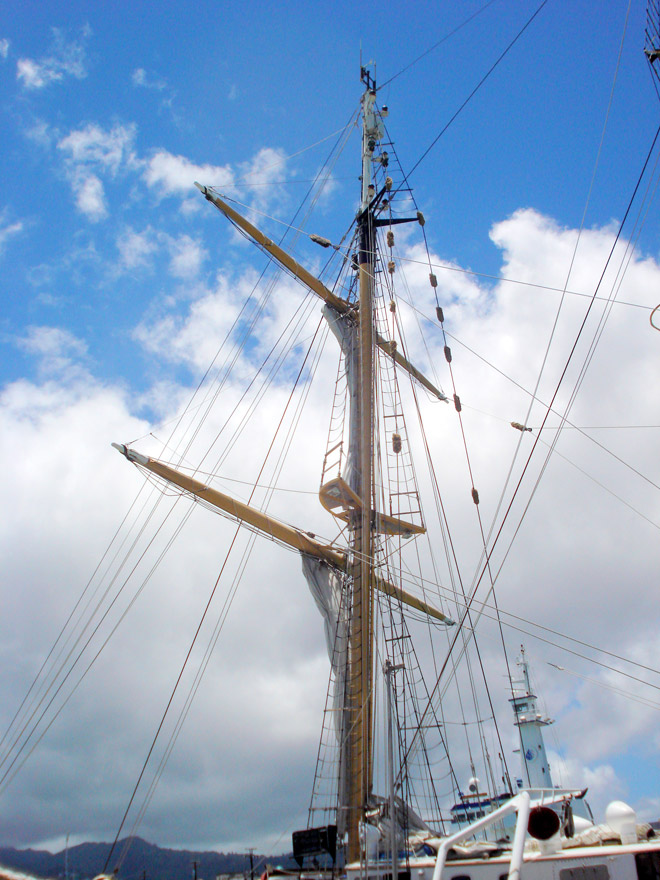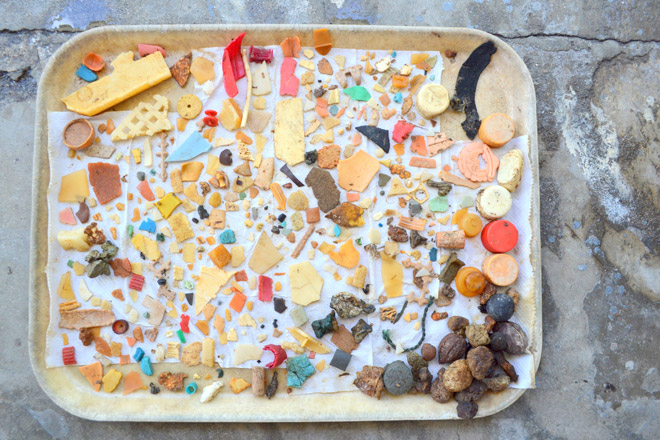By Ryan Elizabeth Cope –
Considering the oceans in our day-to-day lives is easiest done when you live right next to the ocean, the source, that big blue body of water spanning as far as the eye can see. When a problem is right in front of you, it’s hard to ignore and you usually address that problem fairly quickly. Issues arise, however, in the unseen: as you travel away from the ocean, tracing the water’s path from the shore, upstream to the tiniest stream trickle, you might almost forget that that water is still connected to the great expanses of open ocean. It is for this reason, then, that we should all consider the oceans, even if we live in the middle of nowhere, hours from the nearest shoreline.

As it happens, I presently find myself in that exact situation: residing in western Canada, 250 miles away from the Pacific. And yet, it is precisely because of my experiences with the ocean and coming into full contact with “the big blue,” on two distinct occasions, that I am able to maintain my passion for ocean conservation while living along a giant lake in the middle of British Columbia. The oceans are plagued with a whole host of problems today but for me, the one that resonates, that has fundamentally changed how I tread on this planet, is the issue of plastic pollution.
Plastic pollution: such loaded words. Specific images are immediately conjured up when your eyes pass over those two words, and to me, that is part of what is so powerful about this topic. It is visceral: it makes us feel something, and once we see it (because so often this problem goes unseen), we cannot unsee it and we’re forced to consider our habits.

There is something wholly unsettling about sailing through a vast expanse of ocean, hundreds of miles from any shoreline, and being repeatedly presented with evidence of human influence. This was my experience while sailing through the North Pacific Subtropical Gyre (aka “The Garbage Patch”) nine years ago. Day after day, we pulled in hundreds of tiny plastic fragments: blue, white, yellow. None of them resemble the plastic forks, bottles, and containers that we use without a second thought today, because they’ve been in the ocean for so long, slowly breaking down into smaller and smaller pieces. It never really goes “away” and is a big piece of why I will never be able to look at plastic the same way again.
But this plastic had to come from somewhere, right? It all started out as something recognizable, something that had a purpose. As it turns out, most of it originates on land. A few years ago, I had the opportunity to spend a few months on Midway Atoll, home to the world’s largest colony of Laysan Albatross. There are two things you should know about Midway: it is very remote, and it has a huge plastic problem. But the plastic isn’t necessarily all coming in with the next big wave. No, this plastic is being brought in by the very birds that live there. Mistaking the plastic for food, they bring it back to feed their young and while most of them manage to survive to adulthood, many will die of starvation, their bellies full of fake food—fake food that came from somewhere else, from some other shoreline, blown out of someone’s recycling bin years ago.

Which brings me back to my original point that all water flows downhill and as such, this is a land-based problem. The point? It doesn’t matter if you live on an island in the middle of the ocean, or in a hut at the top of a mountain. Plastic is everywhere, and it starts where we stand.
After reading this, you might be feeling down in the dumps about it all… and that is another problem. Plastic pollution tends to paralyze us, make us feel as if there is no hope, and what good will mitigating our use of the stuff do? To me, this sense of apathy, of overwhelm, is the real crux of the matter, and why I dedicate my time rooting for the positive stories, and preaching the benefit of taking little steps towards big change. Because in the world of plastic pollution, literally every piece counts.
From the individual person who starts a trash jar to track their waste accumulation every month, to the small-town coffee shop that decided to eliminate plastic straws and incentivize their customers to bring their own mug…and even to the corporations doing real, honest work to change their business practices. It all matters. These are the stories that matter, that need to be shared. These stories remind us that even in our mountain towns and inland communities, the ocean is not that far away and by doing our part, we are putting ourselves in control of this situation, and slowly helping to turn the plastic tap off.
Ryan Elizabeth Cope is an advocate for plastic-less, healthful living, based in Kelowna, BC. She has lived and worked in several places on the coasts of both the Atlantic and the Pacific, from Hawaii to Maine. She blogs at Seven in the Ocean (https://sevenintheocean.com/) where she marries her love of food with her disdain for plastic-wrapped garbage. When not ranting ad nauseum about plastic, she can be found playing with her chickens, or concocting fresh juices in her kitchen.
